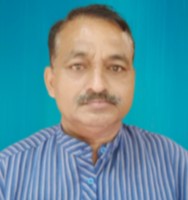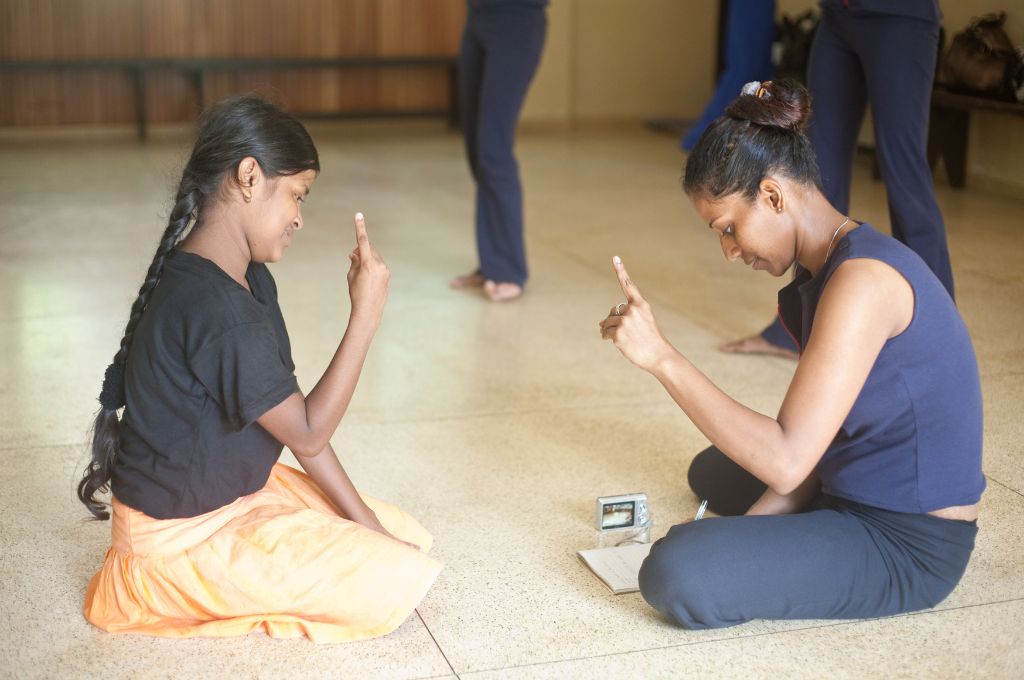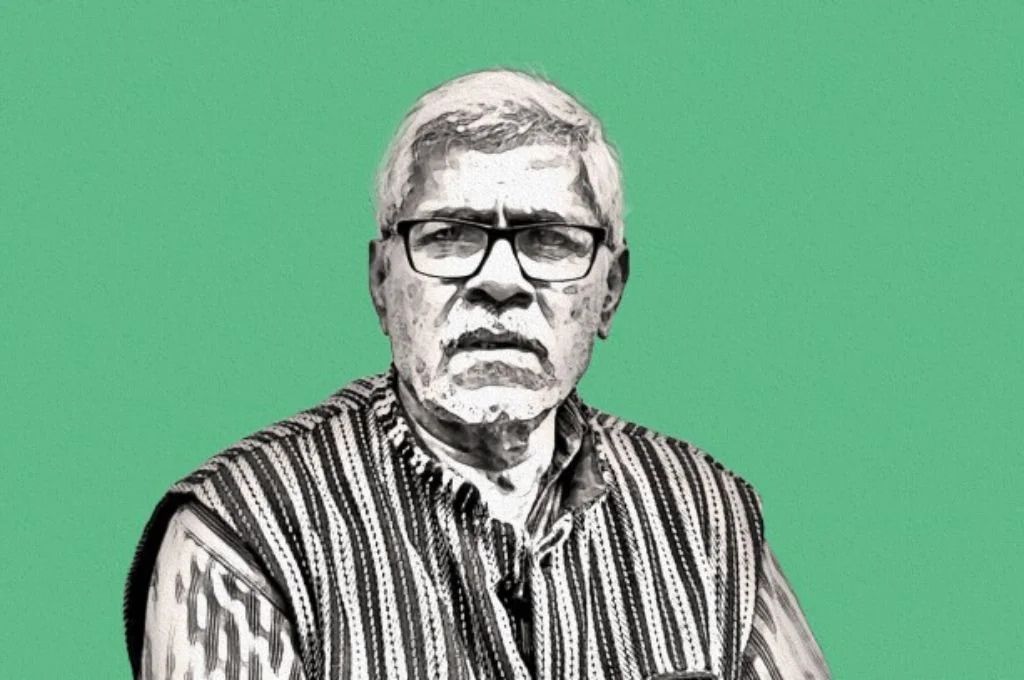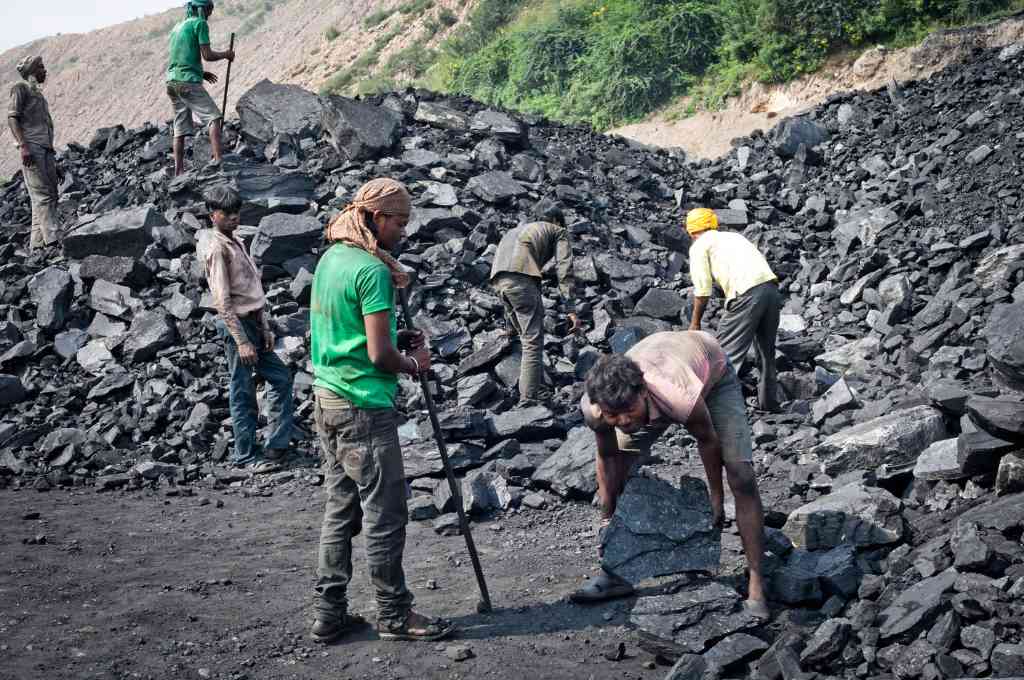On January 5, 2008, the people of Khamariya village, and the villages nearby, in Chhattisgarh’s Raigarh district gathered for a public hearing to discuss the implications of Jindal Steel and Power Limited’s Gare IV/6 mining project on the local communities and the environment. It was a hastily organised hearing conducted without informing the panchayats about a change in time even though these villages are in Tamnar block, which is a fifth schedule area (largely housing an Adivasi population) protected by the Panchayat (Extension to Scheduled Areas), or PESA, Act, 1996. According to the PESA Act, it is mandatory for panchayats to be notified before such hearings.
Many of these villagers were part of Jan Chetna, a community-based sangathan (people’s organisation) I work with. We protested against the legality of the environmental clearance given to the mining company and were met with a lathi charge by the police; our people retaliated and the violence that followed injured at least 50 villagers, and many more were arrested. Residents from the neighbouring villages came to know about this and as the oppression from the authorities increased, so did the people’s willingness for sustained protest.
Since the horrific violence faced by the villagers in 2008, we had decided that our protests would be non-violent; we realised that if we physically retaliate, the authorities will get an opportunity to paint a negative picture of our people and quash our resistance. At one of the meetings, we started talking about M K Gandhi’s Salt Satyagraha, its non-cooperative stance, and long-lasting impact. Gandhi was fighting using salt from the country’s seashores as a symbol of people’s sovereignty over their natural resources. In our case, we started a coal satyagraha. On October 2, 2011, Gandhi’s birth anniversary, we decided that if we’ve been forced to live in a coal economy, we should mine our own coal, sell it in the market, and make sure that the profit is used for the well-being of the community.
We marched from Gare village to the Kelo river, whose riverbeds are fertile with coal. We dug up the land there and brought 3 tonnes of coal back to the village. The next step was finding a buyer. There were people among us who worked at brick kilns and dhabas, so we decided to use this network. We involved the kiln and dhaba owners in the auction, and sold the coal to them.
However, setting up a coal business of our own is just one aspect of the coal satyagraha. We learn from one another and work on people’s various needs, including education, healthcare, and land rights. We also continue to organise protests against corporate mining, and have built a media ecosystem so that people outside our area are aware of these issues.
In 2023, the satyagraha completed 12 years. As we step into a new year, here are some lessons that we want to share about our experience of sustaining a movement against corporate mining in rural India. While our struggle is against coal mining companies in Chhattisgarh, we believe our methods can be useful for communities anywhere in the country that are resisting corporate takeover of their land and natural resources. As part of the movement, we:
Educate
1. Learn from people and adapt to their needs
In the initial days of the movement, the issues we focused on were people’s right to food and pensions, apart from their right to mining. But at the meetings, our members asked us, “If we don’t have land, what will we do with food and pension?” That is how we started working on land rights. Many of our members were landless Adivasis, so we began helping them get their land deeds as well as their community forest rights.
For landed farmers who lose their land to mining, Coal India is supposed to provide INR 5 lakh per acre and a small plot of land as compensation. With the help of our community leaders, we started taking people’s complaints to the authorities and, if necessary, to the court.
However, while useful, we realised that compensation may not be the best solution for every family, as it can only sustain them for a limited period of time. In our villages, there were widows and young people who had lost the earning members of their families. In place of monetary compensation, Coal India also has the option of providing employment to those whose land they have acquired for mining. It took the Jan Chetna members some time to convince many Adivasi families in our area to take up formal employment. We explained to them that INR 5 lakh will run out, but a job in the public sector could fetch them a regular income. We assist them with filling the forms for their job applications. When necessary, we also help them get employment through private contractors. Since landlessness is common among families here, we spoke with Coal India and helped in setting up microenterprises for the people.
We focus heavily on educating the youth. Many of them end up joining our organisation or working on the issues of their communities in other capacities. We make it a point to communicate in all our gatherings that while young people should use education for personal growth, they also have a responsibility towards their community and society.
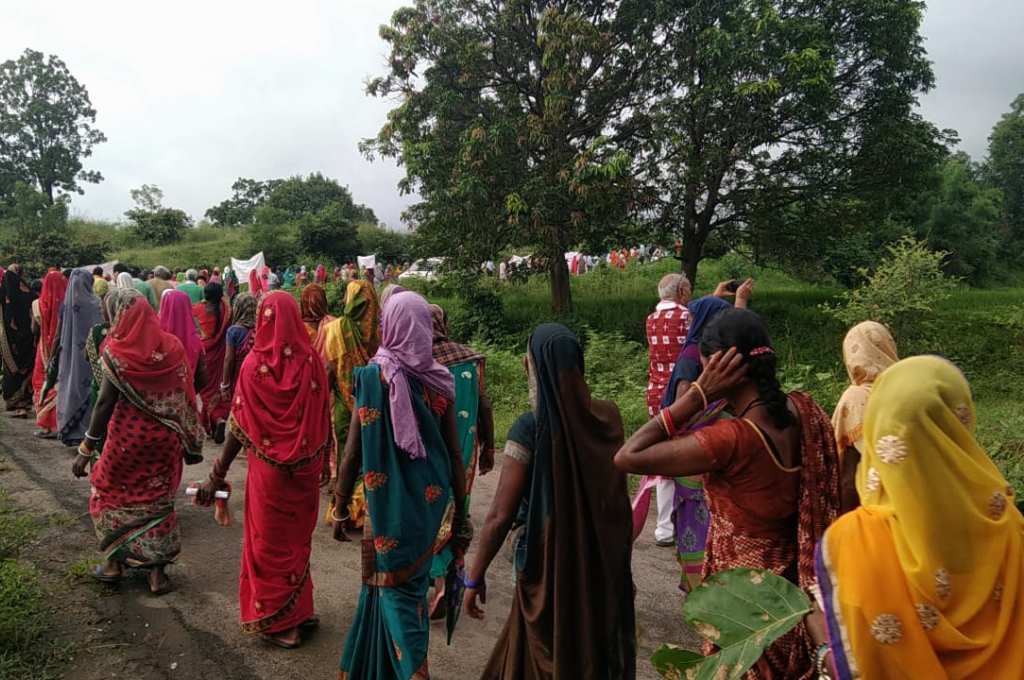
2. Spread the word
Young people who are part of the sangathan are also skilled in technology such as the use of smartphones. We found an opportunity here to create our own media ecosystem.
At the beginning of the movement, there were times when we would relate an issue to the mainstream media and they would provide an entirely different picture; for example, ‘200 people came to protest against mining’ would be reported as ‘200 people came in support of mining’. We started training our own people with the help of nonprofits that had journalistic expertise such as Video Volunteers.
We initially sent four people—two boys and two girls—to train with them for 15 days. The nonprofit helped them identify stories, shoot videos, and effectively deliver the message. For two to three months, they worked in mining areas focusing on challenges such as road infrastructure and healthcare. They made two–three-minute-long documentaries on these topics.
Video Volunteers pays them INR 1,000 per film. When they make a follow-up movie on the same issue, they get INR 2,000 which means they have a steady income. Each of our 10 members now makes INR 10,000–15,000 per month on an average, and we also end up doing good ground reporting. We post these videos regularly on all social media channels such as Instagram, Facebook, WhatsApp, and X (formerly Twitter) so that people are inspired to do the same in their areas. We also circulate these videos among the local print and digital media outlets. When they publish these stories, they send us photos and newspaper cuttings; this encourages our members to continue.
Organise
1. Ensure gram sabha representation
The PESA Act gives the gram sabha the power to self-govern villages in the scheduled areas. It recognises Adivasi communities’ rights over natural resources and can approve and reject development projects. Thus, the gram sabha becomes a platform for the communities to assert their opinions and also bring about change.
Recognising this, we started training women leaders from the villages to participate in panchayat elections. Currently, 15–16 women and Adivasi members we work with are part of janpad panchayats (block-level panchayats), which are a link between the gram panchayat and zila (district) panchayat. These panchayat members are helping us demand fair utilisation of the District Mineral Foundation and CSR money for the welfare of the people living in these mining areas. They have also helped us bring down ensure efficient PDS delivery in these areas.
2. Set up a company
In 2011, we showed the authorities that we could mine our own land and also ensure that the profits are distributed among the villages. However, we were told that our mining activity was illegal and only companies can extract coal. We informed the authorities that we didn’t have a company but we could set it up in a few months. Then the officials asked us, “Do you know the qualifications that you need to start a company? Do you know how much money it takes?” We told them that every house in our village has a person as educated as the Ambanis and Jindals. We challenged their assertion by claiming that no one uses personal funds to start a mining company. As per our understanding, in cases where the government seizes our land and gives it to a private company, the company typically uses the land as collateral to secure a loan from a bank for starting their coal-mining operations. Our proposal was straightforward: If you can provide them with INR 40 lakh, then allocate INR 10 lakh to us for mining, and we will demonstrate how sustainable mining can be done.
In 2013, Gaare Taap Upakrama Producer Company Limited was registered as a farmer producer company. We crowdfunded and mined coal on 1 acre for a year to prove that it could be done without external funding. Internally, we discussed the role of the women, young people, and both landed and landless farmers in a company like this. We collectively decided that the money we earn should go directly to the gram sabha, which could help in providing basic necessities such as healthcare, electricity, and clean water in the villages.
People were willing to give their land for their company. They offered us copies of their land deeds and no-objection certificates to mine on their land. Now, we have 700 acres of land given by the people. While the government has not allotted us any mines, we continue to dig out coal with our shovels.

Agitate
1. Battle it out in the courts
At every stage of our work, our people have had to fight legal battles for their rights. For example, the Mines Act, 1952, prohibited women from being employed at coal mines. However, Rathho Bai, one of our community members, had lost her brother and her father in a mining accident. If she wasn’t a woman, she would have been given a job in Coal India. So we took Coal India to the Chhattisgarh high court and argued that when the Constitution doesn’t discriminate based on gender, how could the Mines Act? As a result, Rathho Bai received employment.
Then there was the case of Rathkumar, whose husband had died of a heart attack while working at Coal India’s mine. When the company said that no one by her husband’s name had ever worked at that mine, we filed a Right to Information query and proved in the court that they were lying. Rathkumar too got a job. Rathho Bai and Rathkumar are among the many success stories of women’s employment in the mines.
2. Keep protesting
Our satyagraha started from protests, and these agitations continue to be the backbone of our movement. They have grown gradually over the years. In 2012, when we entered the second year of the satyagraha, we started holding meetings with members and representatives from nearby villages. We also invited the organisations we knew at the national level; people from 16 states came to participate. Some were troubled by bauxite mining, others by iron-ore mining, and so on. We said that we had opted for a coal satyagraha because we were surrounded by coal mines, but our model was replicable.
We also take our members on visits to protests and movements in other villages and states so that we can learn from them. Our resources are scarce, but people pitch in. We ask for a fistful of rice from each house in the village. People who can afford more give more, and some also donate money to keep the movement going. In 2024, we have made a rule for community donation—those who own 1 acre of land will give INR 100 and those who own 10 acres of land will give INR 1,000. We have been able to raise approximately INR 8.5 lakh already and have collected approximately 40 quintals of rice. Whenever there’s a march, traffic jam, or sit-in protest, this money and rice sustain us. We have also bought a projector, a music system, a printer, a laptop. We make sure that there’s complete financial transparency; everyone knows how much money has been collected and who is responsible for the money.
During ongoing protests, to make sure that people’s livelihoods aren’t disrupted, each village is responsible for organising one day of the demonstration. For example, if 500 people from my village go today, tomorrow it will be your turn.
Despite recent attempts by companies to set up mines here, people in and around the villages in Raigarh have managed to thwart all such advances. As long as they come for our resources, we will stand up and defend ourselves. We don’t want coal mines in our villages, but if this is the only way the government understands development, then we want our share in it too.
—


